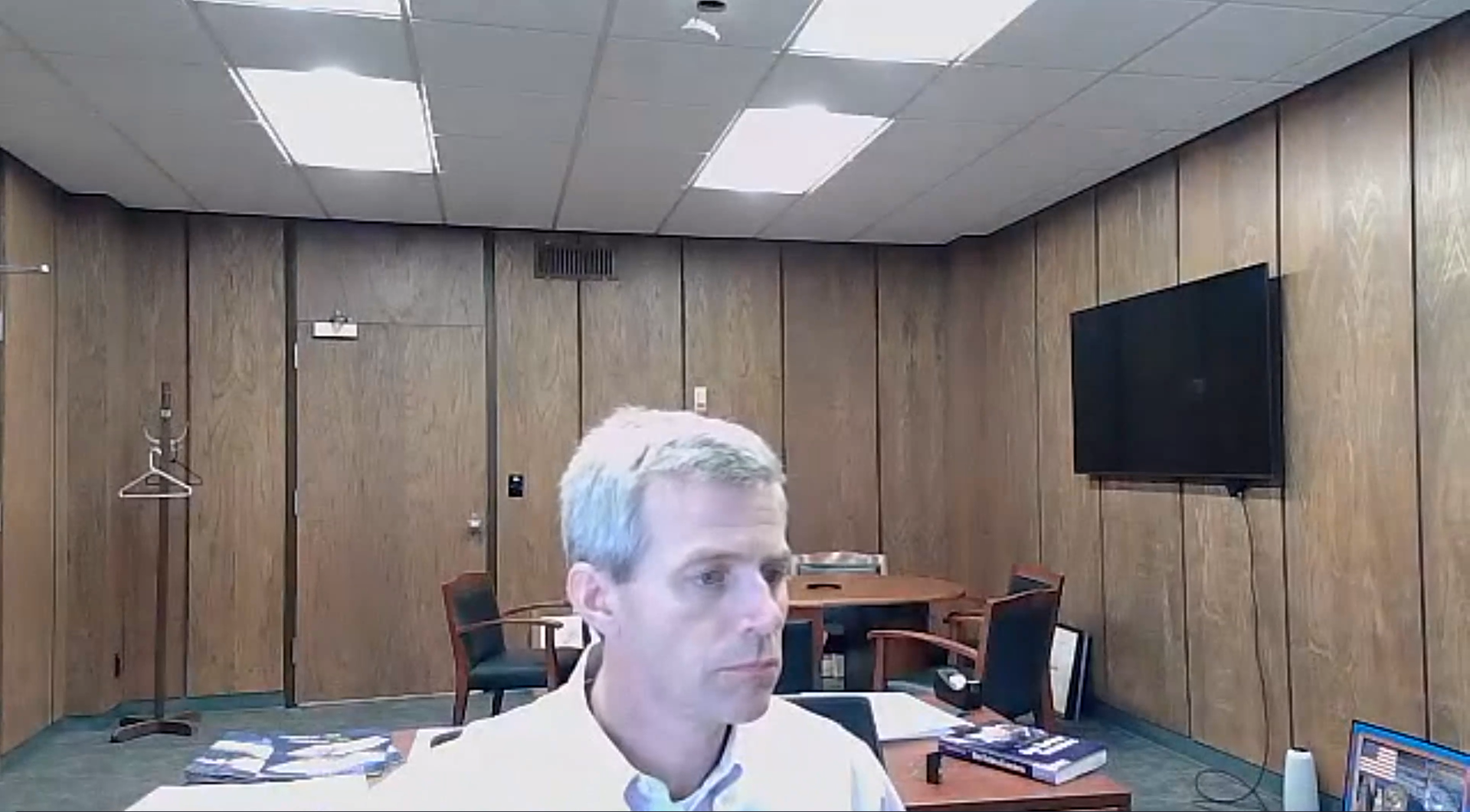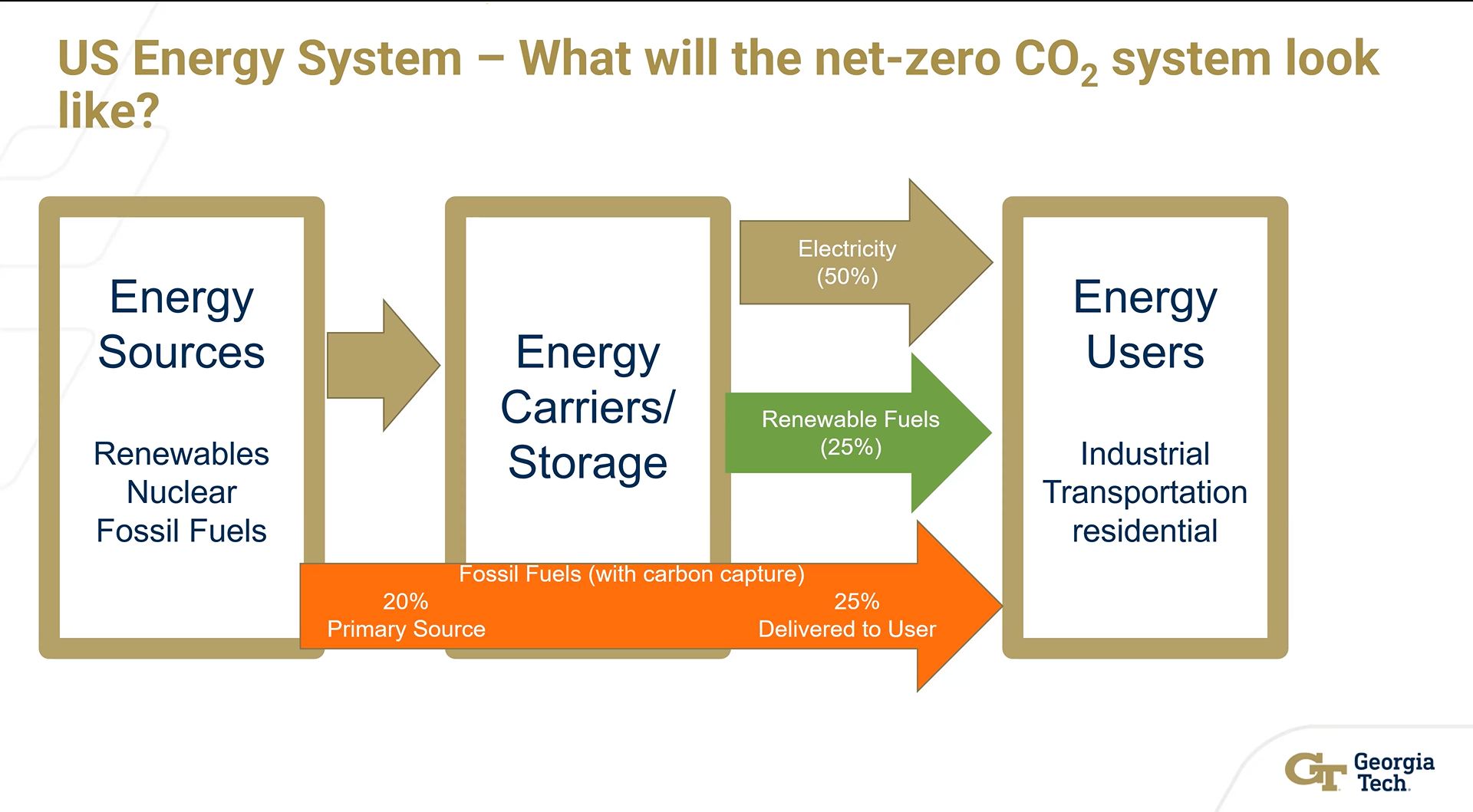Monday, November 27, 2023
As part of our ‘‘WEC Mondays-Guest Speaker Series’’ we hosted Dr. Tim Lieuwen, Interim Chair of the Daniel Guggenheim School of Aerospace Engineering.
In his presentation on ‘‘Net Zero Pathways in the US Energy System’’, Dr. Tim highlighted:

- The US is energy independent as far as electric power generation is concerned, which enabled the US to decouple from the global electricity prices. The US is a net oil exporter despite being a major oil importing country in the world, oil prices in the US are fully coupled to global markets.
- Unlike most countries, the largest CO2 emission in the US comes from the transport sector and not from power generation.
- The US energy mix is mainly constituted of fossil fuels today. Roughly 85% of primary energy consumption in the US is from fossil fuels, furthermore, fossil fuels are the dominant energy carriers and means of energy storage in the US. Fossil fuels account for roughly 80% of energy delivered to energy consumers. Electricity on the other hand, is responsible for only 20% of energy that is delivered to the consumers in the US today.
- Fuels provide 3 different value propositions, and they are: Energy source, Energy Carrier, Energy Storage Medium. These different value propositions will become increasingly differentiated and separately monetized. Since the electricity generated from wind turbines is carried in the form of green hydrogen to the end-users, or for storage, many technologies will compete to provide this new paradigm and connect these different value propositions.

- 2050 Net-Zero system in the US will include more renewables in its energy mix, fossil fuels will still be used but accompanied by Carbon Capture Utilization and Storage (CCUS). Electrification will play a vital role not only in transportation but also in heating and elsewhere. Electricity will become the dominant energy carrier accounting for at least 50% of the delivered energy, the rest will be carried out by fossil fuels with carbon capture and by renewable fuels such as hydrogen, ammonia, and renewable diesel.
- Energy sources will become increasingly renewable-based, particularly in solar and wind. However, the future of energy carrier and energy storage medium is not definitive at the moment. Consequently, energy transition should not only focus on the transition of primary energy sources to renewables but also the means by which energy is carried and stored.
- The net-zero pathway in the US should prioritize equity and energy justice. The underprivileged segment of the population is more vulnerable to losing their jobs and their livelihood if the transition is not able to create more jobs and better infrastructure.
